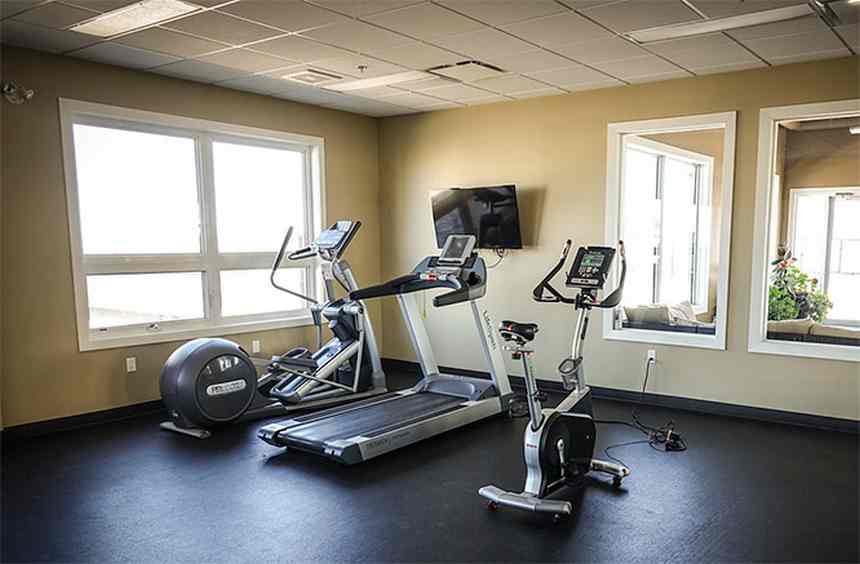When you sit down to your sewing machine all day, you can begin to feel the effects within a few hours of working on your project: Your neck is strained from looking down to thread the needle, your shoulders and back become stooped, and, overall, your posture worsens over time. Sewing involves a lot of repetitive movement with your hands, which means that injuries to your joints are not uncommon. Though a machine helps to complete projects in a shorter amount of time, sewing in any form does not lend itself to an ergonomic position.
"Ergonomics are important from a health [and] medical standpoint in order to reduce overuse injuries," explains Domenic Kleinhenz, M.D., a spine surgeon with the Lifespan Orthopedics Institute in Rhode Island. "Overuse injuries occur due to repetitive tasks either at home or at work which puts stress on your spine, muscles, and joints." Let it go for too long and you might not be able to work effectively without experiencing pain. "[The craft of] sewing involves a natural awkwardness from needing to feed the material into the machine," explains Carson Demers, a physical therapist who specializes in ergonomics and author of Knitting Comfortably: The Ergonomics of Handknitting. "You're always reaching over the table [when you sew]. It's just the nature of using a sewing machine."
However, as Demers explains, that doesn't mean that you have to give up your craft entirely. The goal is to align your body into a more ergonomic position with your back straight, face forward, neck and spine aligned, and elbows and knees at an approximate 90-degree angle—at least as much as possible. And an ergonomic sewing machine table can help you to achieve that.
Related: Five Stretches That Will Help You Knit Without Pain
Sewing machines will often come with their own tables. According to Demers, you might be able to adjust the height of the table so that you don't need to bend your elbows to use it. The sewing machine should be closer to the end of the table to reduce how far you have to reach as you work on your project. The table might also be designed so that the machine is positioned at a drop from the table's surface, which helps you to achieve an even better position. Get into a more ergonomic position by either adjusting the height of the table or your chair, or both.
How do you know if you have made the right adjustments? Take stock of your body position and how it feels. "You should not feel any strain on your neck and back when sewing," says Dr. Kleinhenz. "Think about how your mother or grandmother would have told you to sit or stand." You want to make sure that you aren't stooped over the table while you work. Additionally, consider setting up your sewing room with optimal light and taking regular stretch breaks. If your hands or your back hurt, then it's past time to get up and stretch—don't wait.
"People should recognize that knitting and sewing [and other handwork crafts] are work for the body," he says. "If you know that your craft is going to have a slightly non-ergonomic position, you can find ways to compensate." Regular exercise that strengthens your core, chest, and back muscles can help to reduce potential injuries. And an ergonomic sewing machine table can be part of your comprehensive plan for a healthy posture.










